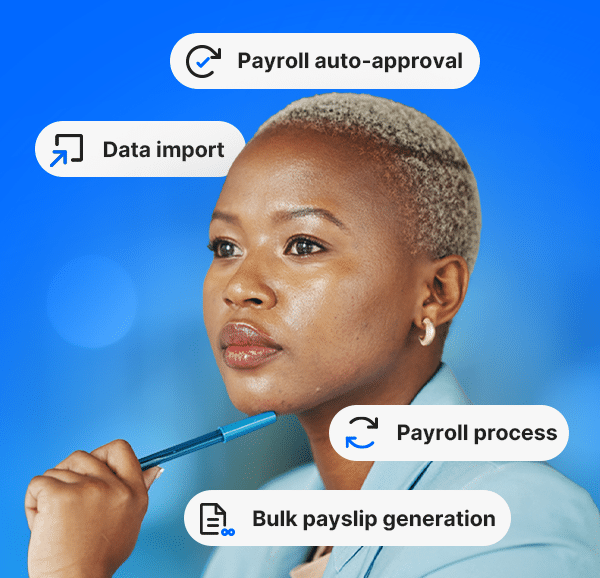The journey toward efficient global payroll begins with an effective payroll implementation, an achievement that is much easier said than done. From clarifying goals and scheduling tasks to securing data and managing add-on requests, implementation is a substantial undertaking for even the most experienced and organized company. It also happens to be an important indicator of how successful the new solution will be, meaning it needs to be done right.
Whether you’re adopting a global solution for the first time or switching from an underwhelming provider, transitioning to a new payroll system can be a daunting prospect. The key to a successful implementation, as in many parts of payroll, lies in the planning and preparation. Securing the valuable data and personal employee information is paramount, and there are a number of steps companies can take to ensure that critical data is protected. To help multinationals prepare to implement a new solution, our internal experts recommend starting the discussion with their internal transition teams with the following three questions.
Are our historical payroll data files accessible and ready for the new provider?
Payroll implementation is all about information. To be specific, it’s about your internal project team compiling and submitting all required data about your existing payrolls, contracts, requirements, employees, and more to your new provider. Depending on your current process and whether payrolls are outsourced or managed in-house, gathering historical records can be a matter of spending time pulling files or an ongoing battle to get the information from your existing vendor (who is probably less than motivated to help you switch systems).
Ensuring access to complete historical data is key to a timely implementation. Internal teams can work ahead of the contract process to identify the data required by the new provider and begin gathering relevant records, including pay codes, pension details, general ledger mapping information, year-to-date data, and country-specific requirements. Asking the right questions in your RFP will help you understand what’s needed, as well as the ideal format and transfer method of the data. Minimizing delays or issues around obtaining payroll data will go a long way toward reducing related setbacks once the implementation process begins.
Do we have a clear overview of existing country contracts to ensure alignment with the new provider’s local partners?
Good change management is integral to a successful payroll implementation, and it begins with a clear understanding of both your starting point and your end goal. Your current multi-country payroll solution most likely includes multiple contracts with local vendors, whether they’re managed directly by your payroll team or through your provider.
To ensure your new payroll provider can match the services you already rely on, your transition team will need to have complete contract details for all current vendors and payroll partners, including names, services provided, and end-dates. Sometimes the data and services from an existing contract can be migrated directly to your new provider. If that’s not the case, the new provider will need these details to align local capabilities to your needs. Having this information at the beginning of the planning and implementation process can ensure a smoother transition and better managed expectations on both sides.
Who will manage the global payroll implementation and where are they located?
With so much riding on a successful implementation, it’s important for stakeholders to know who is in charge of the project within your company, as well as where they are located and what additional resources are needed to aid the transformation. Proper resource planning is key to managing an effective implementation, and while your new provider can help you understand which stages of the project will need additional time or effort, identifying and allocating those resources will be up to your internal team.
Various factors including the transformation timelines, the countries being rolled out, and whether an integration is being implemented will determine the specific resources needed to ensure a successful implementation. Depending on the scope of your payroll transformation, the project team could include individuals across multiple countries and time zones. Knowing who is in charge of each aspect of the project or each location can help speed resolution of any issues that arise. Plus, having a local team member available in more complicated countries can benefit the project as a whole by providing greater expertise and dedicated focus on a specific outcome.




